Conventional
While Protovis is designed for custom visualization, it is still easy to create many standard chart types. These simpler examples serve as an introduction to the language, demonstrating key abstractions such as quantitative and ordinal scales, while hinting at more advanced features, including stack layout.
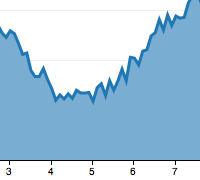 Area Charts
Area Charts
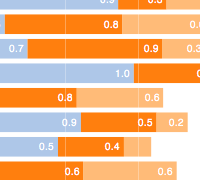 Bar & Column Charts
Bar & Column Charts
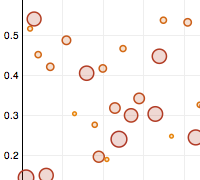 Scatterplots
Scatterplots
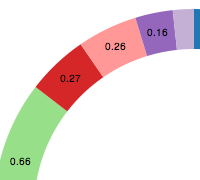 Pie & Donut Charts
Pie & Donut Charts
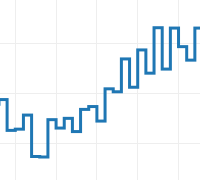 Line & Step Charts
Line & Step Charts
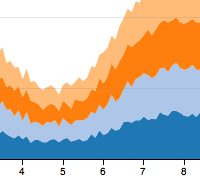 Stacked Charts
Stacked Charts
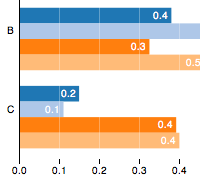 Grouped Charts
Grouped Charts
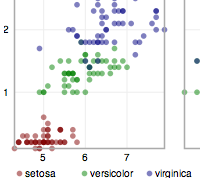 Anderson’s Flowers
Anderson’s Flowers
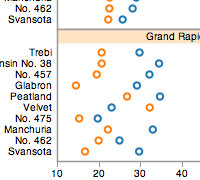 Becker’s Barley
Becker’s Barley
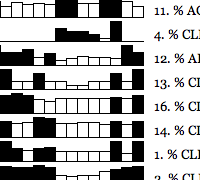 Bertin’s Hotel
Bertin’s Hotel
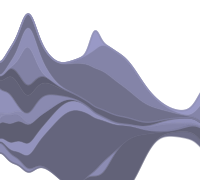 Streamgraphs
Streamgraphs
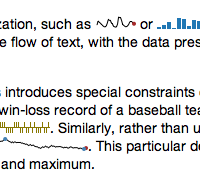 Sparklines
Sparklines
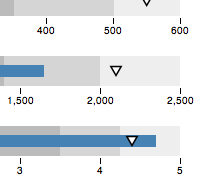 Bullet Charts
Bullet Charts
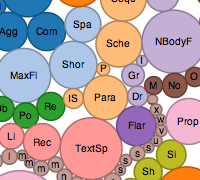 Bubble Charts
Bubble Charts
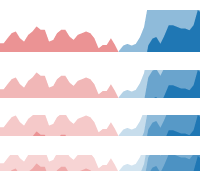 Sizing the Horizon
Sizing the Horizon
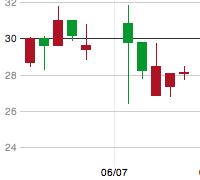 Candlestick Charts
Candlestick Charts
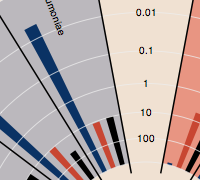 Burtin’s Antibiotics
Burtin’s Antibiotics
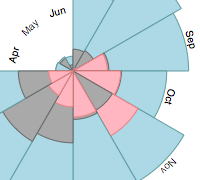 Nightingale’s Rose
Nightingale’s Rose
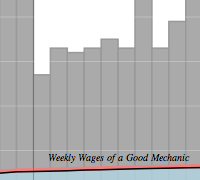 Playfair’s Wheat
Playfair’s Wheat
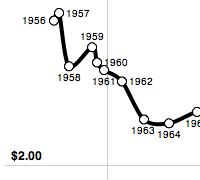 Gas & Driving
Gas & Driving
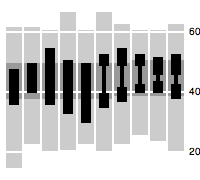 Seattle Weather
Seattle Weather
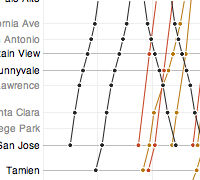 Marey’s Trains
Marey’s Trains
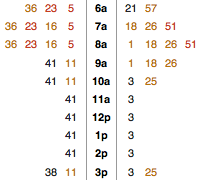 Stemplots
Stemplots
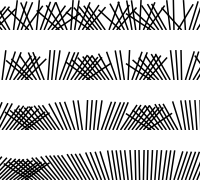 Merge Sort
Merge Sort
 Index Charts
Index Charts
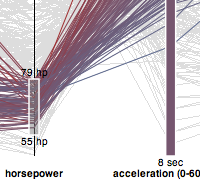 Parallel Coordinates
Parallel Coordinates
 Job Voyager
Job Voyager
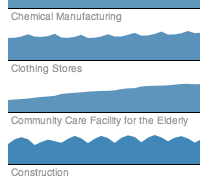 Minnesota Employment
Minnesota Employment
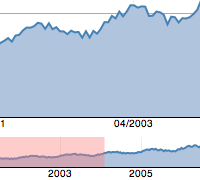 Focus + Context
Focus + Context
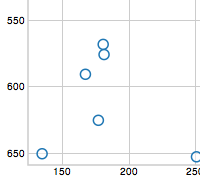 Pan + Zoom
Pan + Zoom
 Brush + Link
Brush + Link
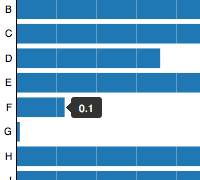 Tooltips
Tooltips
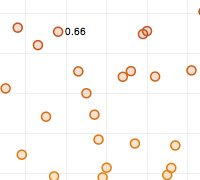 Pointing
Pointing
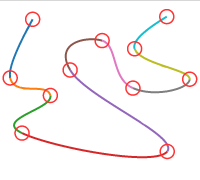 Spline Editor
Spline Editor
 Bubbles
Bubbles
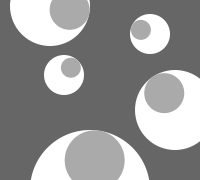 Eyes
Eyes
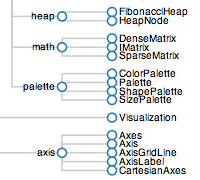 Dendrograms
Dendrograms
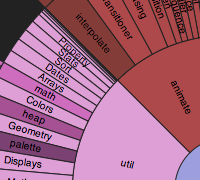 Sunbursts
Sunbursts
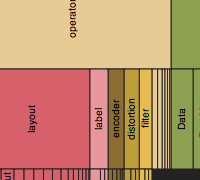 Icicles
Icicles
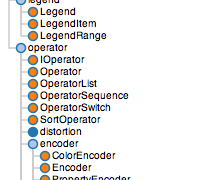 Indented Trees
Indented Trees
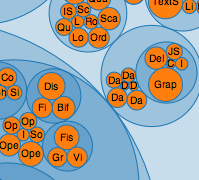 Circle Packing
Circle Packing
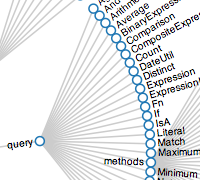 Node-Link Trees
Node-Link Trees
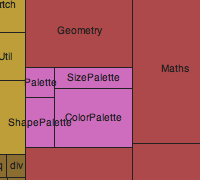 Treemaps
Treemaps
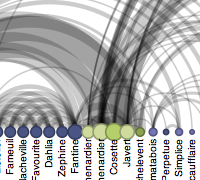 Arc Diagrams
Arc Diagrams
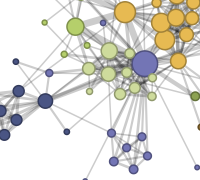 Force-Directed Layouts
Force-Directed Layouts
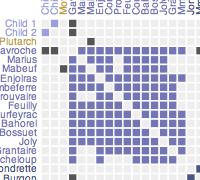 Matrix Diagrams
Matrix Diagrams
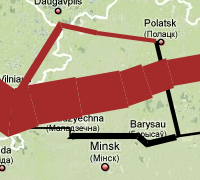 Minard’s Napoleon
Minard’s Napoleon
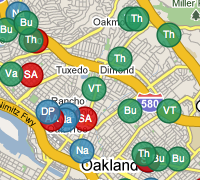 Oakland Crimespotting
Oakland Crimespotting
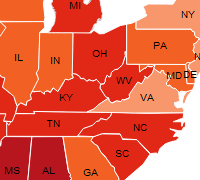 Choropleth Maps
Choropleth Maps
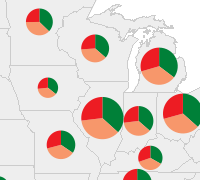 Symbol Maps
Symbol Maps
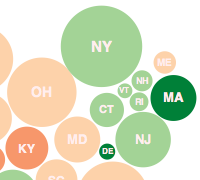 Dorling Cartograms
Dorling Cartograms
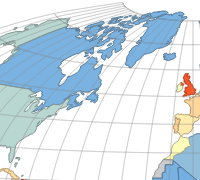 Map Projections
Map Projections
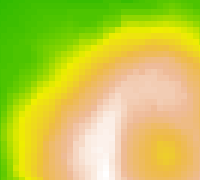 Heatmaps
Heatmaps
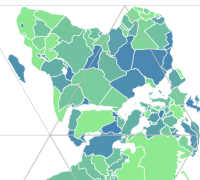 Dymaxion Maps
Dymaxion Maps
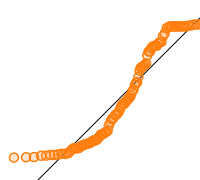 Q-Q Plots
Q-Q Plots
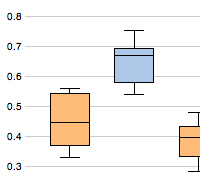 Box-and-Whisker Plots
Box-and-Whisker Plots
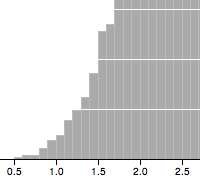 Histograms
Histograms
 Error Bars
Error Bars
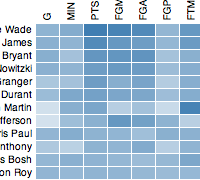 Mean & Deviation
Mean & Deviation
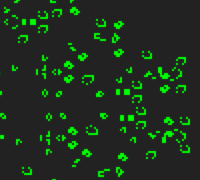 Conway’s Game of Life
Conway’s Game of Life
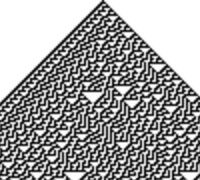 Automaton Explorer
Automaton Explorer
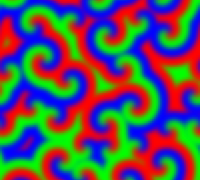 Belousov–Zhabotinsky
Belousov–Zhabotinsky
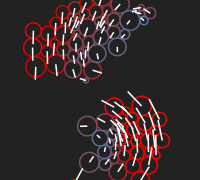 N-Body Problem
N-Body Problem
 PolarClock
PolarClock
 Rainbow Worm
Rainbow Worm